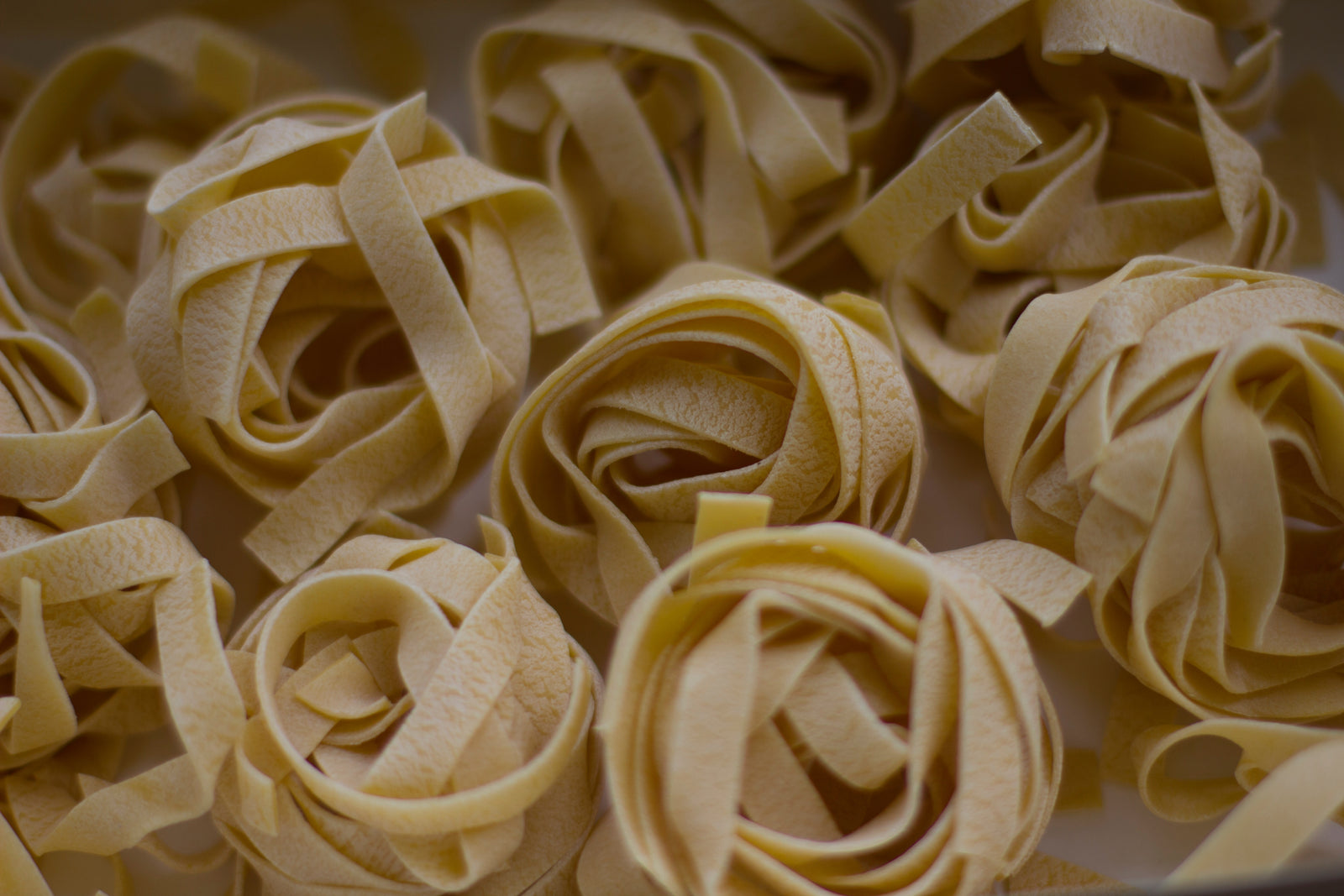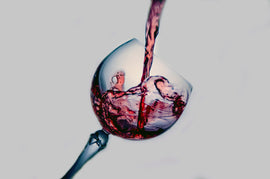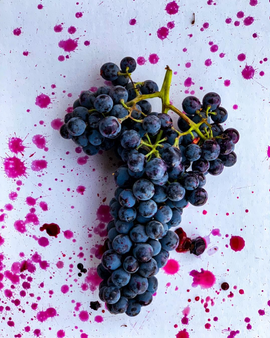Crossing the Po River, leaving Lombardia, we enter the heart of Pianura Padana, the widest Italian plateau. This is land of fertile soil, rightly considered the vegetable garden of Italy, and this is where most of Emilia-Romagna is situated. The region is 47.8% plateau with the rest almost equally divided between hills and mountains. There are nine provinces, of which six are in Emilia: Piacenza, Parma, Reggio Emilia, Modena, Bologna (the regional capital), and Ferrara. The other three provinces are in Romagna in the eastern side of the region: Ravenna, Forli-Cesena, and Rimini. The territory of the region runs east to west and borders on its north side with Lombardia and Veneto. Piedmont is the neighbor on the west side, while Liguria, Toscana and Marche are to the south. The Adriatic Sea marks the eastern border.
Emilia-Romagna is definitely better known for its food than for its wines. Parmigiano Reggiano, Grana Padano, tortellini, mortadella, and Aceto Balsamico Tradizionale di Modena are only some of the signature food items of this region. Wine is definitely not at the top of the list when we talk about Emilia Romagna. Yes, there is Lambrusco, but until recently this vino frizzante held the reputation of a sweet or semi-sweet, cheap, fizzy wine liked by only old people from the region. Even the Sangiovese grape that on the other side of the Apennines, in Tuscany, is honored in many forms (Chianti, Brunello, Vino Nobile, Carmignano, Morellino, etc.) loses all of its appeal and becomes a light, watery copy of it’s more illustrious cousins. This was the story of wine in this region until recently. Today, as has happened in other Italian regions, we see a new wave of winemakers, producers, and consumers who recognize the possibilities that this region offers. No need to make bad copies of other regional wines, no need to make cheap, mass-produced wines. If Emilia-Romagna can make food envied by all why not try to do the same in the vineyard? Here are a couple of samples of this new Emilia-Romagna style.
Elio Longobardi
Italian Wine Specialist
PlumpJack Wine & Spirits – Noe Valley
Orsi-Vigneto San Vito, Vigna del Grotto, Colli Bolognesi Pignoletto Superiore DOCG 2016
Vigneto San Vito is located 30 minutes from Bologna in the town of Monteveglio, in the hills, at an altitude of 200 meters, and they have been making wine for forty years. Federico Orsi acquired the estate in 2005. He’s a native from Bologna but grew up in Brazil where his father, who is an engineer, moved with his family. He came back as a teenager to finish his school and to study business. When Federico’s working life seemed to turn toward corporate finance, the Vigneto San Vito sale came across and that changed his plans. The estate consists of 9.5 hectares of owned land with an additional 5.5 hectares that are rented. Seven of those are planted in the indigenous white grape, Pignoletto.
Federico and his wife Carola fell in love with the place and decided to dedicate time and energy to growing grapes that are specific to the territory. But they didn’t want to just make wine, they wanted to be real farmers. Growing vegetables and raising animals was part of the equation as well, and in doing that, they chose the most natural approach to farming and devoted themselves to biodynamic agriculture.
Federico believes that biodynamic agriculture allows producing more original wines, more representative of the place where the vine has grown, thanks to its ability to revitalize the soil, stimulate the plants, and produce fruits with a strong bond with the territory. Vines are not fertilized or irrigated, but the natural humus of the ground is sustainably obtained through the rediscovery of ancient techniques.
The same approach is used in the cellar so as not to lose this heritage during the winemaking process. The fermentations are spontaneous with only native yeasts, without the use of selected ones, and the wines are not clarified or filtered.
Vigna del Grotto is made of 100% Pignoletto grape, also known as Grechetto Gentile. The fruit comes from a single vineyard situated at 200 meters above sea level. The soil is combined clay, sand, and gravelly limestone. The harvest is handmade. The grapes are soft pressed and the juice transferred for fermentation and ageing in large Slavonian barrels.
The color is a warm intense gold. The nose offers sensations of dry herbs and juicy yellow stone fruit with a mineral salinity. On the palate presents a surprising freshness that brings back those fruity notes, but bright and pleasant. This bottle can age and evolve positively for another five years.
Drink with a plate of tortellini or bollito misto, a plate of mix boiled meat, which includes parts of chicken, beef meat, beef tongue, veal, and pork sausages and served with mostarda di frutta and salsa verde.
La Stoppa, Barbera della Stoppa, Emilia Barbera IGT 2010
La Stoppa is a 50-hectare property located in Rivergaro (Piacenza), in the northwest part of the region. Founded in the late 19th century by a wealthy lawyer named Gian-Marco Ageno, the estate is currently run by Elena Pantaleoni and head winemaker Giulio Armani.
In 1996, when Elena and Giulio took over this estate, they decided to replant the existing vines with grapes more suited to the clime and the soil; no more international varietals like Chardonnay, Sauvignon Blanc, Pinot Noir, etc. because of their early ripening season, but Bonarda and Barbera for the red grapes and Malvasia di Candia, Otrugo, and Trebbiano for the white. Those grapes can better handle the hot summers of the valley.
The soils consist of heavy clay, and the estate has been worked organically since the early 90's and certified as such in 2008. A minimal intervention approach is taken in the cellar: the wines ferment off of their native yeasts and nothing is ever added or subtracted from the juice. Sulfur is never added during vinification or bottling.
Elena and Giulio believe that wine takes time to express itself properly. You can call their wines “natural” but they don’t like this definition, as they don’t believe the DOC and DOCG appellations are serving them well. They prefer the IGT (Typical Geographic Indication) classification that gives them more freedom in making wine that reflects the territory.
Barbera della Stoppa is made from 25 to 40 year old vines of Barbera grapes. The soil compound is formed by limestone and clay, with iron and galet subsoil. The fruit is organically farmed and harvested by hand. It is de-stemmed and fermented with native yeasts and no sulfur in the tank and then maceration with the skins for 30 days. The wine is fermented and aged for one year in small barrels and then spends at least two years in the bottle before release.
It’s hard to believe that this wine is already nine years old. It preserves its bright, deep ruby color. When I opened the bottle and poured it in the glass I smelled strong pipe tobacco and leather. After a few minutes in the glass it opens with an aroma of blackberry and blueberry compote, then some iron and wet earth. To taste it shows an unripe fruitiness due to a lively acidity. Still alive and kickin!
Now is the time for mortadella, friggione Bolognese (see recipe), and a nice chunk of Parmigiano. Barbeque some ribs or drink it with ragu’ alla Bolognese over egg noodle pasta.
Friggione bolognese
(White onions and tomatoes stew Bologna style)
This simple dish is part of the traditional Bologna repertoire. Easy to make, you just need to respect the time in the preparation. Don’t rush and you’ll be rewarded. It’s suggested to prepare this dish the day before serving.
Ingredients (serves 4)
· 2 kg white onions
· 200 g tomato puree
· 20 g lard or butter
· 1 tsp. sugar
· 1 tsp. salt
- Thinly slice the onion, use a mandolin if you like
- Set the onions in a bowl mixing with the salt and sugar and let it rest for 3-4 hours
- In a low rim sauce pan on medium heat add the lard (or the butter)
- When the lard starts to bubble add the onions, turning them from time to time until golden
- Add the tomato puree and let cook at low heat for a couple of hours
- Adjust with more salt if you like and serve on toasted bread.





